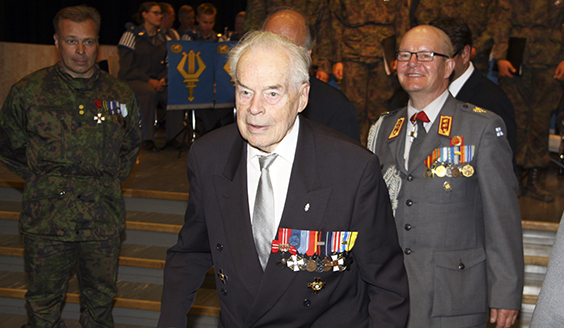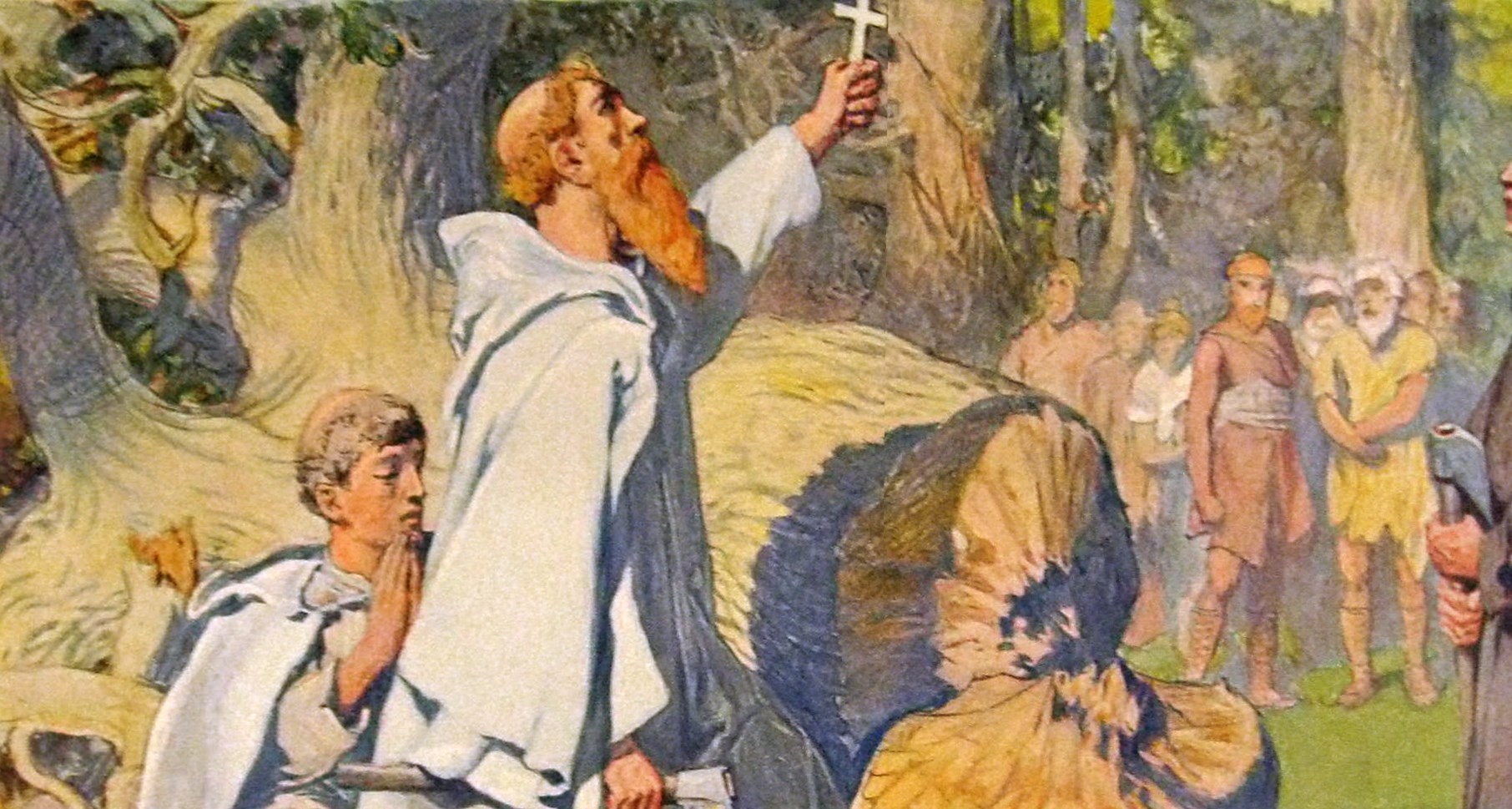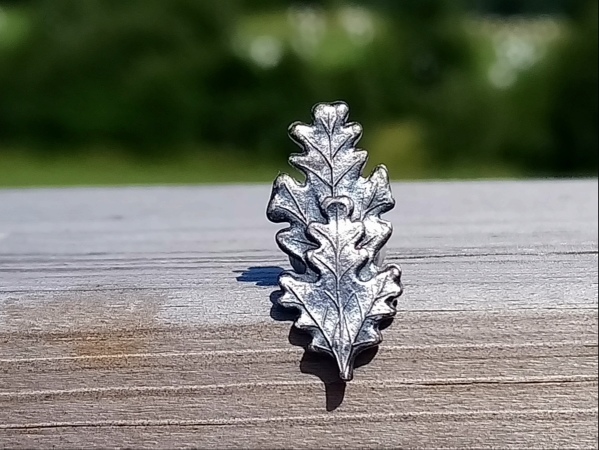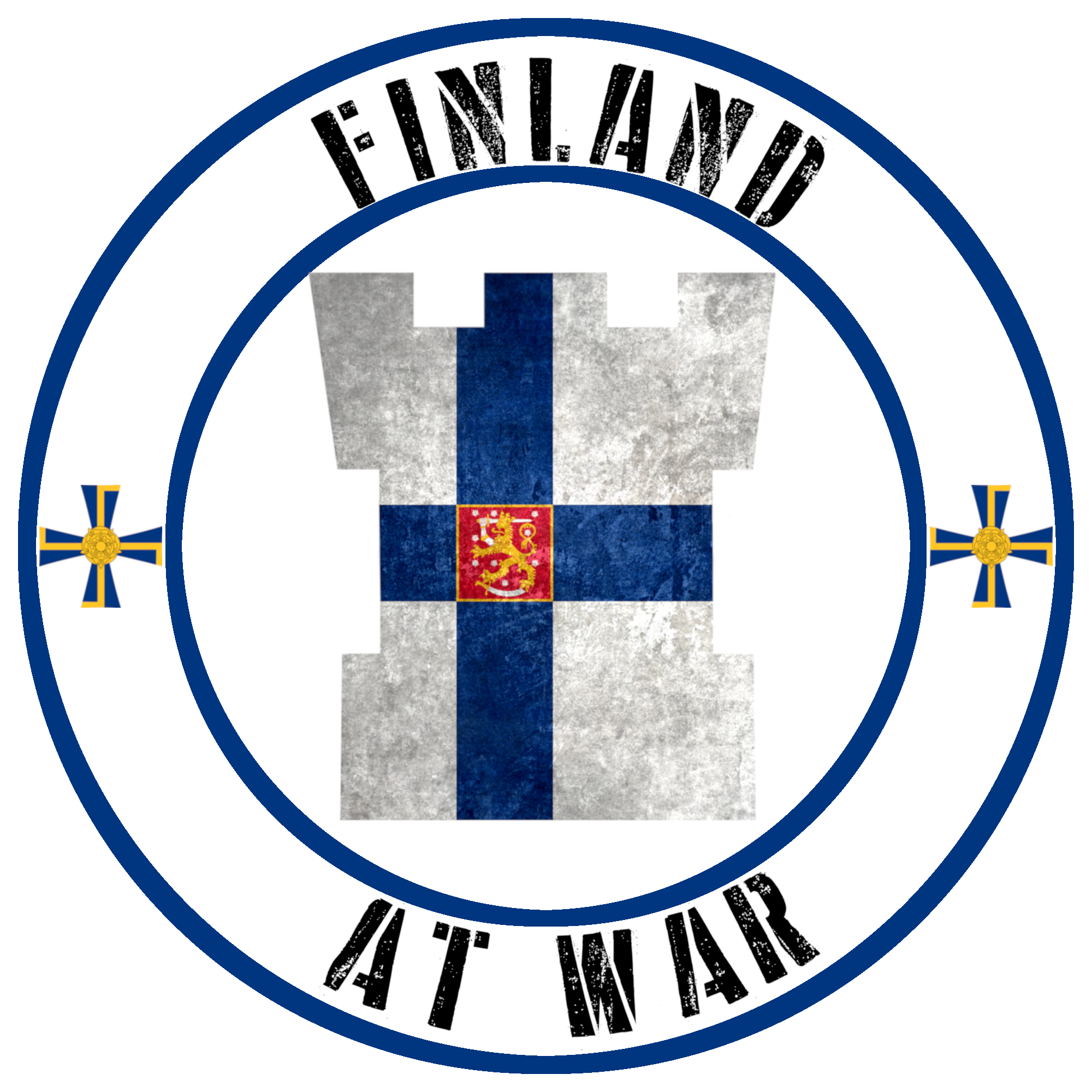On the 24th April 2003 the Tammenlehvän perinneliitto (Oak Leaf Association) was founded. Its goal was to coordinate the work of the various Veterans’ associations across Finland. It took its name and symbol from the emblem that emblazons the jackets and furnishes the headstones of veterans. But why the Oak Leaf?

Oak leaf as a Symbol
The oak has been appropriated by societies, religious groups and political institutions as far back as Proto-Indo-European cultures. The oak was a valuable resource for early groups, providing shelter, fuel, medicine, as well as sustainable foods. Acorns were a stable, long-term option for food and allowed tribes to migrate and plant where they settled.
As humanity developed into settlements, the oak’s role as an all-encompassing provider became established. The qualities of the oak were interpreted and we see it become the ‘tree of life’. The oak became representative of the great gods (such as Zeus, Jupiter and Thor) or was revered as a sacred object (such as the Germanic Donar’s Oak). As society grew, the relationship between persons and oaks deepened, and the symbolism of it became more refined. They became associated with longevity, strength, stability, endurance, fertility, power, justice, and honesty, to name just a few examples.

Oak leaf as a Military Symbol
As time went on, the oak’s symbolism worked its way into military society. Probably the first instance of this was the Roman Civic Crown, which was awarded to Roman citizens who saved the lives of fellow citizens during battle. It is also not surprising that with Quercus robur (Pedunculate oak) being the most abundant oak species in Europe, its properties would lend themselves to the Latin word robustus (“of oak, hard, strong,” from robur “oak tree, strength.”).

So with this association with strength, power, and courage, it only seems natural the oak would be adopted by the military. Examples such as the 1813 Iron cross with its three oak leaves of Prussia, Britain’s oak leaf Mentioned in dispatches device, and the US military’s oak leaf rank insignia, show the varied and widespread use of the oak leaf within military culture.
The Oak Leaf as a symbol for Finland’s Veterans
Due to the intense scrutiny that Finland found itself under in the direct aftermath of the Second World War, recognition of Veterans was restrained. The first step on the road to rehabilitation was the Soldiers’ Injury Act of 1948, over the following years amendments were made and more was done to support the veterans.
By 1992, there were officially four types of Veteran status:
-
- Rintamasotilastunnus – Frontline Solider Badge
- Rintamapalvelustunnus(naisille) – Front Service Personnel Badge (Women serving in the Lotta Svard organisation)
- Rintamatunnus(rintamalinnoittajille) – Front Badge (for those who volunteered in the construction of defensive works)
- Ulkomaalaisen rintamasotilastunnus (ulkomaalaisille vapaaehtoisille) – Foreigner Veteran Badge (awarded to foreigners who served as volunteers in Finland’s wars)
Despite the word Tunnus (badge or insignia) being used, initially, there wasn’t a physical representation. It wouldn’t be until 1983 that the discussion for some form of badge started, the year would mark the 45th anniversary since the end of the Winter War, 40 years since the end of the Continuation War and the 70th anniversary of Finland’s Independence.
Commander of the Defence Forces, General Lauri Sutela, recommended that all veterans be promoted to the next rank and could some form of badge or medal be awarded, however, these ideas did not progress very far due to legislative challenges. The concept though would not die and in 1985, Commander of the Southwest Finland Military District, Lieutenant General Wilhelm Stewen, brought several options to the table that would be easier from a legislative perspective. Throughout the spring and summer of that year, discussions between the Ministry of Finance and the Ministry of Defence regarding the ideas took place and concluded in August with the General Staff creating a plan of implementation to recognise Finland’s veterans.

A committee was formed and several proposals were given, including a miniature dog tag (Tunnuslevy) but fortunately, representatives of the Sotaveteraniliitto quashed the morbid ideas. It was then that General Stewen stepped forth again, and his idea was a simple oak leaf. As secretary for the Order of the Cross of Liberty, he was aware that an oak leaf device could be added to the Cross of Liberty for “special merit” during wartime. The suggestion was well received, Commander of the Defence Forces General Jaakko Valtanen approved the decision, and the Order of Liberty Cross also published a statement in favour of the design.
A symbol is born
With all parties of the committee in agreement and receiving support from other organisations, a draft was presented to the Ministry of Defence in October 1985. In a testament to how popular and in agreement all parties were with the new proposal, the draft was approved and on the 4th of December, a budget was allocated for the Oak Leaf badge.
The adoption and announcement of the new symbol were made only two days later during the Independence Day celebrations. To distinguish it from the oak leaf device used by the Cross of Liberty, it would not contain any acorns and be patinated silver in colour.

The first badges were ready in February 1986, with the first being given to President Mauno Koivisto as well as representatives of veteran organizations and the residents of the Kauniala Military Hospital. Within ten years of its adoption, some 210,000 badges were distributed, becoming a mark of respect for the veterans who wore them.

The symbol will still adorn the lapels and jackets of Finland’s veterans for some years to come, as of 2023 there are about 3,000 veterans alive, their sacrifice deserves pride not only during commemorative days but also in everyday life. Even as they pass, the oak leaf still honours them as it emblazons their gravestones.
Sources
sotaveteraanit.fi/why an oak leaf (in Finnish)
Finnish law regulation on Veterans’ status
sotaveteraanit.fi/veteran gravestone marks (in Finnish)
Oak leaf and acorn meaning
Leroy, T., Plomion, C., & Kremer, A. (2020). Oak symbolism in the light of genomics. New Phytologist, 226(4), 1012-1017. https://doi.org/10.1111/nph.15987
www.symbols.com/symbol/oak


